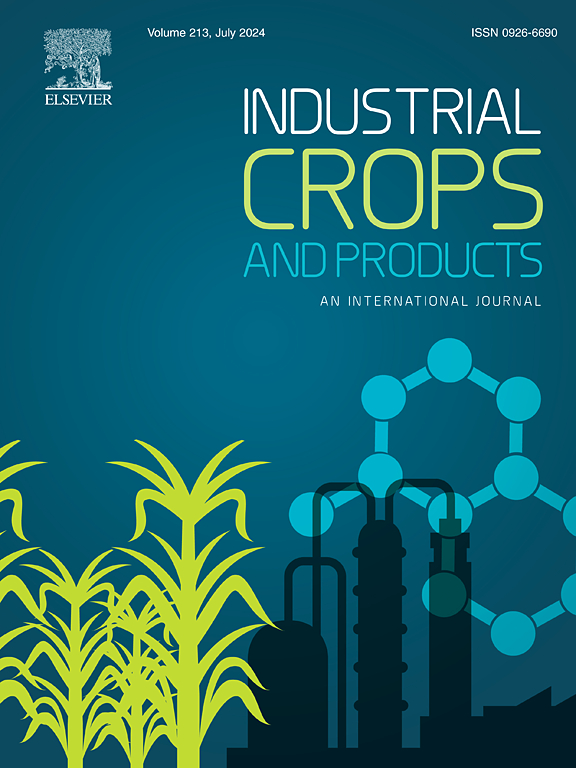Removal of heavy metal ions in wastewater and reuse as a hydrogenolysis catalyst: Multistage application of lignin-based adsorbent
IF 5.6
1区 农林科学
Q1 AGRICULTURAL ENGINEERING
引用次数: 0
Abstract
Heavy metals in industrial wastewater represent a significant threat to the ecosystem and need to be efficiently removed before discharge. However, the effective utilization of heavy metals using affordable and efficient processes still poses a sustainability challenge. Here, we report a sustainable regeneration of spent heavy metal ions from lignin-based adsorbents toward efficient reductive catalytic degradation of lignin into monophenols. A reverse suspension strategy was first used to cross-link small molecules of industrial lignin waste into long-chain macromolecules using epichlorohydrin as a crosslinking agent. The long-chain macromolecules displayed a high affinity of Cu2 + and Pb2+ with maximum adsorption capacity of 393.9 mg/g and 349.2 mg/g, respectively. The adsorption isotherms and kinetics models revealed that Cu2+ and Pb2+ adsorption followed monolayer chemisorption. Notably, the regenerated carbon-loaded copper oxide (CuO/C) nanomaterial served as an effective catalyst for lignin deconstruction with a yield of monomeric phenols up to 25.9 wt%, which for the first time realized the multistage application of lignin-based adsorbents for the removal of heavy metal ions and their reuse as hydrogenolysis catalysts. This work paves a new way for the fabrication of bio-derived heterogeneous catalyst in wastewater treatment.

求助全文
约1分钟内获得全文
求助全文
来源期刊

Industrial Crops and Products
农林科学-农业工程
CiteScore
9.50
自引率
8.50%
发文量
1518
审稿时长
43 days
期刊介绍:
Industrial Crops and Products is an International Journal publishing academic and industrial research on industrial (defined as non-food/non-feed) crops and products. Papers concern both crop-oriented and bio-based materials from crops-oriented research, and should be of interest to an international audience, hypothesis driven, and where comparisons are made statistics performed.
 求助内容:
求助内容: 应助结果提醒方式:
应助结果提醒方式:


